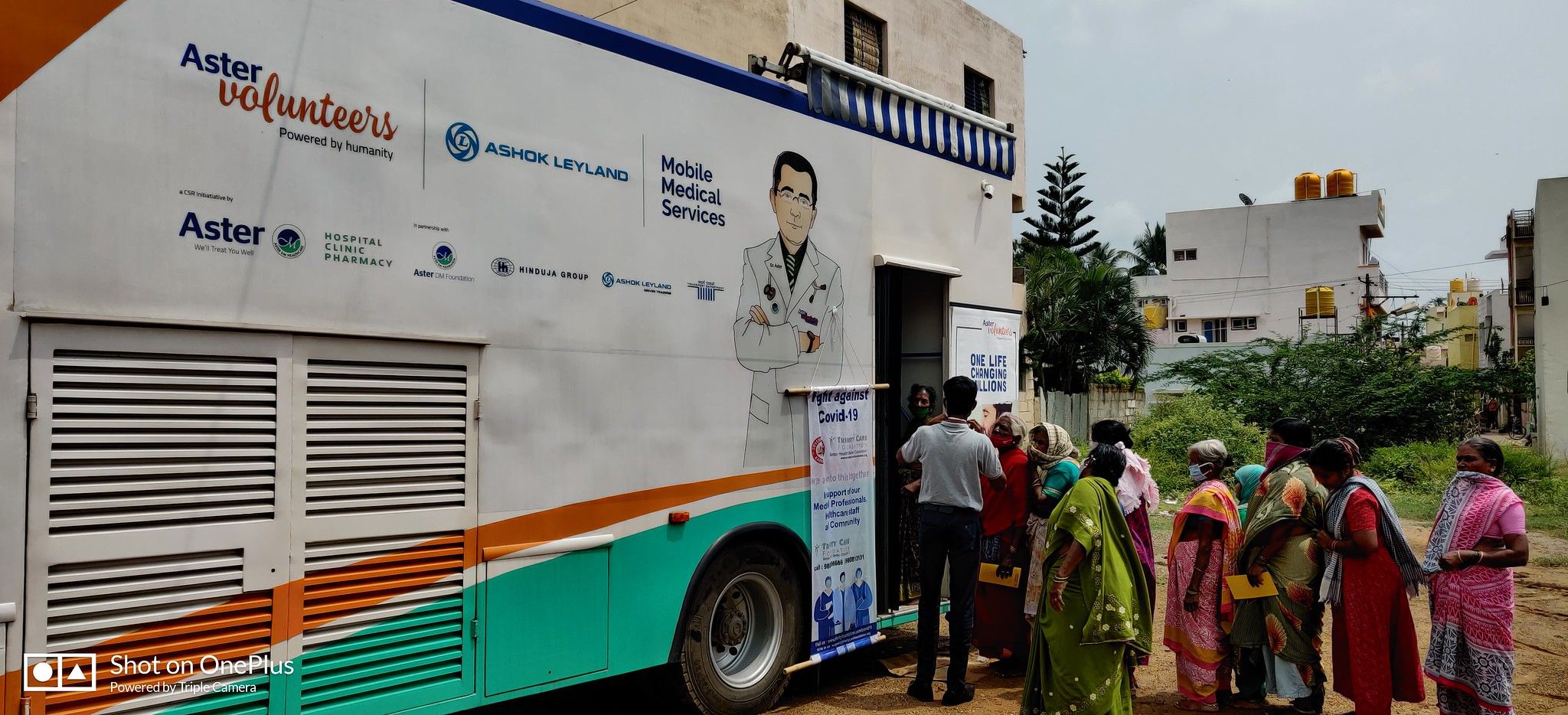
E-health reaches Asia’s isolated older populations
By ITU News
The progressive ageing of the population is changing Asia’s healthcare needs, with chronic diseases becoming more prevalent. With many of those older adults continuing to live in rural areas, healthcare systems struggle to reach everyone even when cities are equipped with state-of-the-art medical infrastructure.
Older people can often find themselves at risk and isolated in their own communities.
In recent years, Asian governments and institutions have turned to digital solutions to improve the accessibility, quality, and efficiency of healthcare for ageing citizens.
India’s government this year launched a programme to bring medical care to three remote areas in the northeast of the country in collaboration with public universities, aiming to reach up to 60,000 patients using telemedicine.
Applications include wearable devices that monitor vital signs such as heart rate, blood oxygenation, and lipid profiles. The health data collected is then transferred by Internet to specialist doctors in the nearest cities for analysis and diagnosis.
Telemedicine in the country has proven to cost about 30 per cent less than in-person visits, noted Jitendra Singh, minister of state for science and technology, adding that the initiative could expand to other parts of the country depending on results.
A health necessity
The obligation to ensure healthcare into later life for one of the largest rural populations on the planet has steadily stoked Indian authorities’ interest in extending telemedicine and other digital health services. But the emergence of COVID-19 took this interest to another level.
“Telemedicine is no longer an option but a necessity,” Singh said. “About 65 per cent of India’s population lives in rural villages where the doctor-patient ratio is as low as one doctor per 25,000 citizens.”
New and emerging digital technologies are helping patients save time and money, as well as doctors, who can assist patients quickly and easily over a call, even for serious ailments.
India’s national teleconsultation service eSanjeevani, started in April 2020, lets any citizen talk to an accredited doctor by video call. Use of the system, which also allows healthcare professionals to write electronic prescriptions, soared during the first few months of the pandemic, with hundreds of thousands of Indians receiving medical consultations at home.
Reaching the unconnected
Digital healthcare solutions can take different forms, depending on their target user. India’s eSanjeevani offers safe, video-based clinical consultations to any citizen with a digital device, a good Internet connection, and the basic digital skills to use them. But not every resident of India meets these requirements.
Authorities in the southern state of Tamil Nadu have tried to combat diabetes, a highly prevalent disease among older persons, in hard-to-reach rural areas.
Following a campaign to train local volunteers and health workers, a well-equipped van would make the rounds of remote communities tending to people affected or at risk of contracting diabetes, aided by teleconsultations with specialists located in provincial hospitals.
The pilot project, supported by the World Diabetes Foundation, provides a preventive model for detecting diabetes and related complications and providing ongoing care in remote villages in developing countries.
Early e-health networks
In much of Central and South Asia, rugged geography and poor transportation links hinder the provision of health services, especially older people with illnesses or limited mobility.
In Afghanistan as far back as 2007, the Aga Khan Development Network (AKDN) set up an e-health network to improve the accessibility and quality of healthcare for low-income populations. Teleconsultations allowed specialists at provincial hospitals to examine electrocardiograms to X-rays done by local providers and assist in diagnosis or treatment.
The programme subsequently expanded to the mountain ranges and remote valleys of neighbouring Kyrgyzstan, Pakistan, and Tajikistan. A compilation report in 2015 quantified more than 21,000 teleconsultations in five countries (the programme was also deployed in Tanzania), with 5,500 health professionals trained through e-learning platforms.
Given the time and money required to travel to a city for healthcare, many beneficiaries said their diagnoses and treatments would have been unattainable without the e-health network.
The AKDN initiative is cited as a best practice case by the United Nations Economic and Social Commission for Asia and the Pacific (ESCAP) in a recent guide on the use of information and communication technologies (ICTs) to address the healthcare needs of older persons managing chronic disease. The report also offers regional policy recommendations on innovative digital solutions for both patients and healthcare systems.
Image credit: Trinity Care Foundation via Flickr
